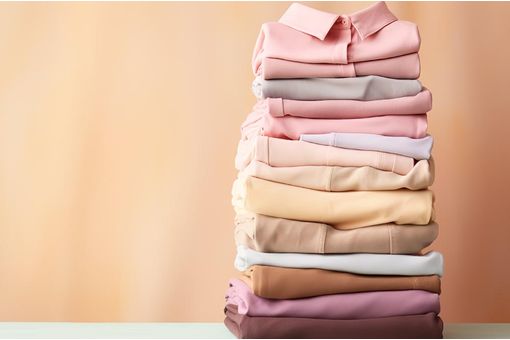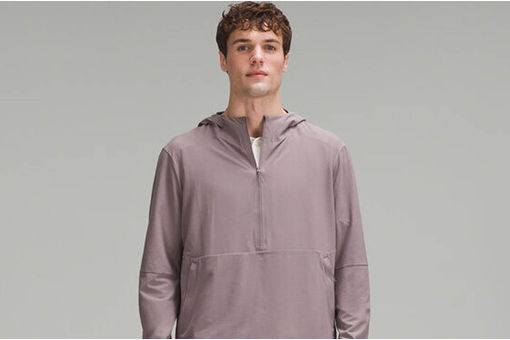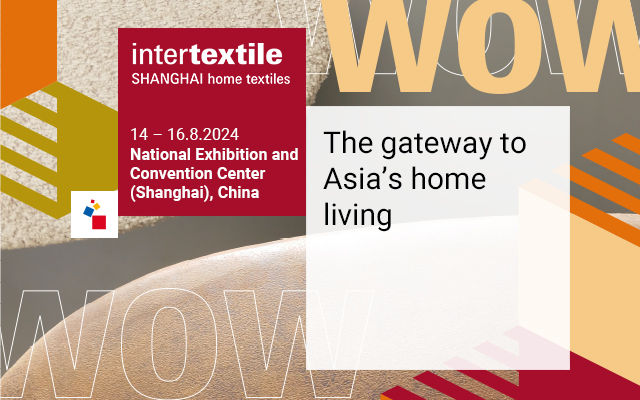Hohenstein to develop insulation for protective textiles
The aim of the textile manufacturers is to provide good insulation: The cold must not penetrate to the body through the textiles and the heat generated by the body should not escape to the outside. This also includes infrared or heat radiation from the human body. On average, a person emits between 150 and 200 Joule of heat radiation per second. Until now high tech textiles mainly blocked infrared radiation of the body in the short and medium wave range, though.
The long wave spectrum of IR radiation, however, can reach the body through the protective clothing and cause it to cool down. This is why the Hohenstein Institute in Bönnigheim are now developing a finish for protective textiles in a research project (AiF no. 17565 N) which covers the entire spectrum of infrared radiation to provide better cold protection.
‘We want to develop a finish that modifies the radiation characteristics of textiles in such a way that the long wave IR radiation reaching the textile will either be absorbed or reflected,’ project manager Stefan Gierling explains. ‘The possibilities of such a textile finishing are to be studied fundamentally with regard to health and safety. The main focus is on the reflective properties at warmer temperatures and the absorbent properties at colder temperatures.’
For this, textiles are to be finished with a suitable coating: In order to achieve best possible protection against getting cold the plan is to apply an absorbent layer to the lining fabric which is worn close to the body and a reflective layer to the outer fabric which is worn away from the body.
It is essential to the researchers that the new textile finishing should not only cover a broad range of applications but should also feature good comfort properties during wearing and that it can be adopted for industrial production with little effort and reasonable costs.
‘With regard to its thermophysiological properties, we want to optimise the finish to ensure best possible wearing comfort,’ says Gierling. During the project, the functionalised textiles are examined and optimised with regard to their thermal regulation to counteract the risk of heat accumulation.
To make production of this type of clothing viable on a large scale and with minor modifications, the scientists want to select suitable textile substrates such as polyester and cotton, taking into account commercially available products. These will be finished with specifically selected inorganic functional materials using conventional coating methods. Preference is to be given to nanoscale metal oxides such as aluminium, iron or zinc oxide.
‘The smaller the particle size of the materials used, the higher the percentage of long wave infrared absorption in comparison to the bulk material,’ says Gierling. ‘A combination of different materials and particle sizes is intended to achieve the desired effect.’ The results of the project will be available for interested manufacturers from autumn 2014.
Hohenstein
































-Ltd..jpg?tr=w-120,h-60,c-at_max,cm-pad_resize,bg-ffffff)





.jpg?tr=w-120,h-60,c-at_max,cm-pad_resize,bg-ffffff)
.jpg?tr=w-120,h-60,c-at_max,cm-pad_resize,bg-ffffff)






